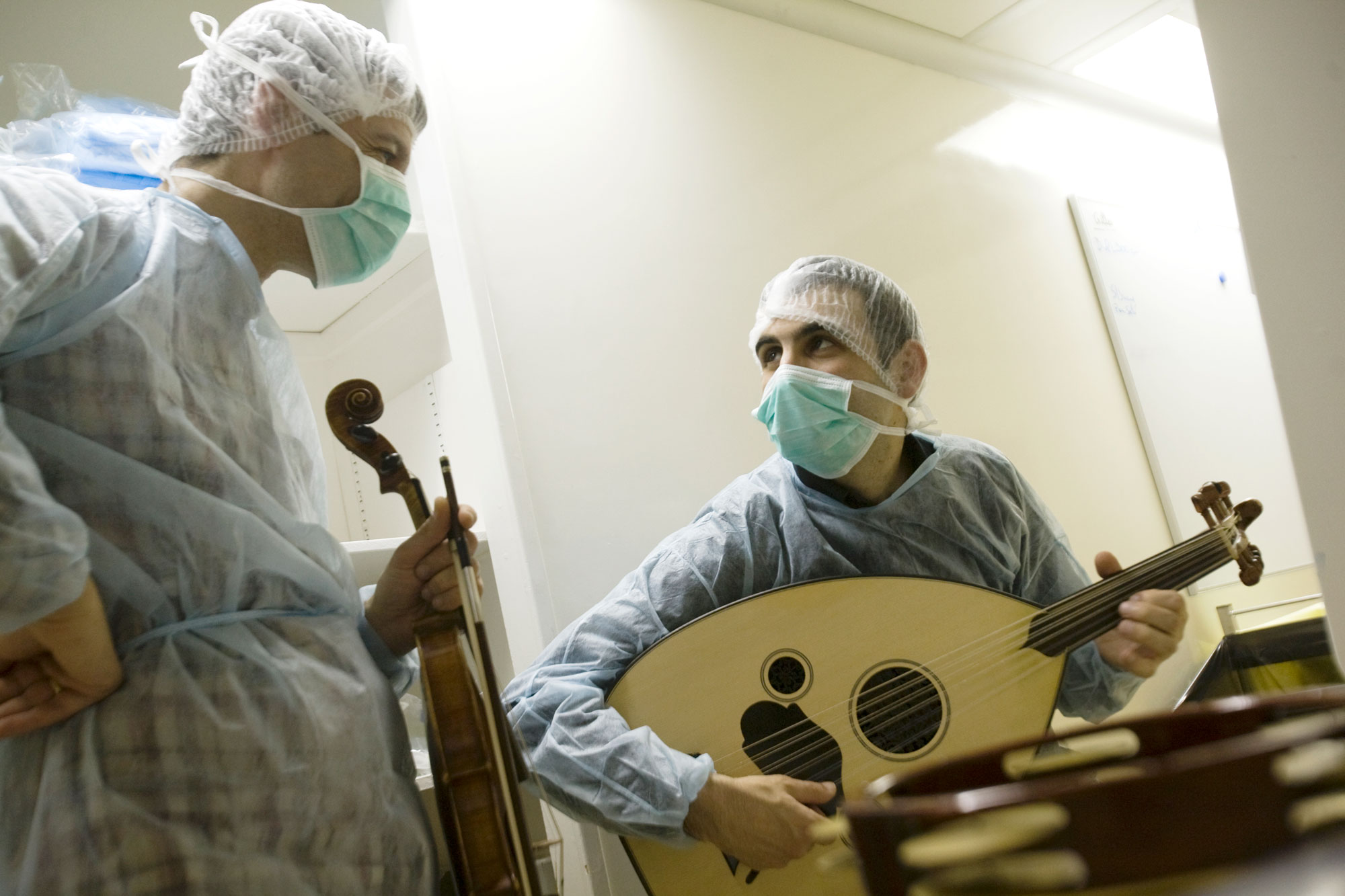The Louis Ganne award
Sacem Museum archive: Louis Ganne by Waléry
Louis Ganne was a French composer, born in Bruxières-les-Mines on 5 April, 1862, who died in Paris on 13 July, 1923.
He studied music at the Paris Conservatoire under the supervision of Dubois, Massenet and César Franck. Like many others, he began his career writing songs, and what songs: La Czarine, very popular in its day, and the Marche Lorraine, still popular today. Ganne composed ballets for the Folies-Bergères and operettas, including La Source du Nil (1882), Merveilleuses et Gigolettes (1894) at the Casino de Paris, L’Heureuse Rencontre (1892), Rabelais (1892), Les Colles des femmes (1893) and Cythère (1900).
In order to celebrate the end of the century in style, on December 30, 1899, his Saltimbanques set up the big top of their Malicorne circus on the stage of the Gaîté theatre.
Louis Ganne was also the conductor of the Opera balls, that did not prevent him from composing, at the same time as his operettas, several ballets, songs and some 150 pieces for piano. In 1906, Louis Ganne composed a short piece, Hans, le joueur de flûte (Hans, the Flute Player), a truly poetic and charming comic opera, still considered one of the most beautiful operettas ever written.
Popular in his day, he remains a leading composer whose memory lives on through timeless pieces such as the Marche lorraine.
Every year, the Louis Ganne Prize honours two members of Sacem – composers, conductors or musical directors – in the field of instrumental and vocal music.
This award was created in 2021 in order to fulfil the wishes of his heirs, as expressed in their letter addressed to the Comité du cœur.


















